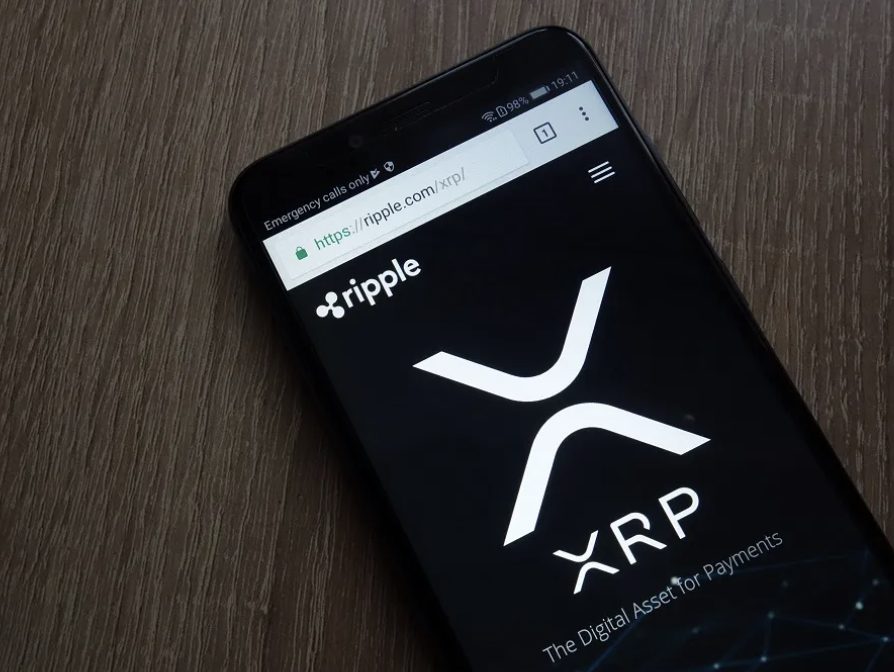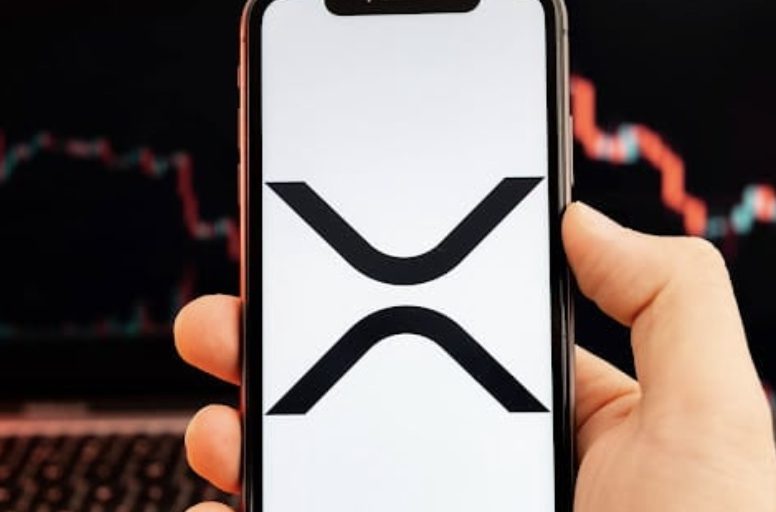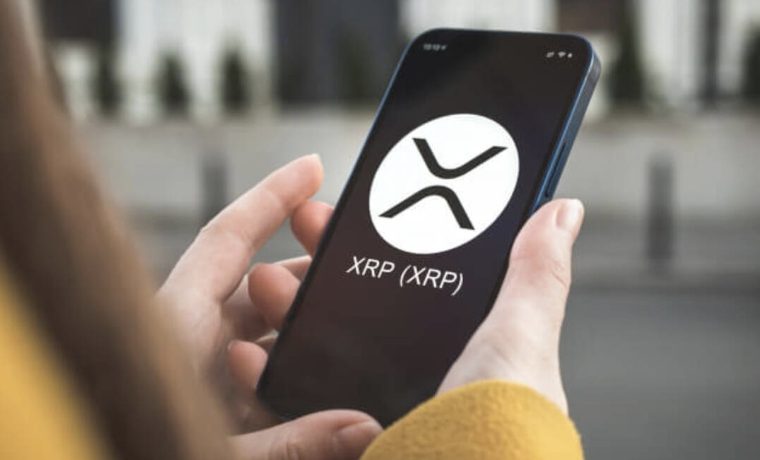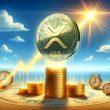Your guide: Why is XRP called Ripple?
One digital asset has been causing waves in the fast-changing realm of cryptocurrencies: XRP, sometimes known as Ripple. Unlike most distributed cryptocurrencies, XRP is directly connected to a firm named Ripple, which has positioned itself as a creative answer to the conventional banking infrastructure like the SWIFT system. If you’ve wondered, “Why is XRP called Ripple?” you’re in luck. Today, we’ll cover this and more. Keep reading to find out more.
Also read: BRICS: 30 Countries Confirm Participation In October Summit


XRP is what is ripple?
The business that created XRP, a cryptocurrency, is called Ripple. Launched in 2012, XRP and the ripple network were mostly meant to provide a quick, affordable, dependable platform. XRP, unlike Bitcoin and other distributed cryptocurrencies, is pre-minted rather than mined; there are 100 billion tokens altogether available. XRP distinguishes itself from the usual proof-of-work consensus systems applied by many other digital currencies by this unique technique.
How does Ripple (XRP) operate?
Operating on a distinctive consensus method called HashTree, which deviates greatly from the blockchain technologies used by Bitcoin and Ethereum, the ripple network Rather than depending on mining to authenticate transactions, the Ripple network makes use of a network of independent validating servers hosted either by people or financial institutions. Without the energy-intensive mining process, these servers continuously compare the data they receive and process using a common ledger, therefore guaranteeing the integrity of the network.
Positions and Applications of Ripple
Ripple positions itself not as a direct rival to cryptocurrencies but rather as an enhanced version of the conventional SWIFT system used by banks and financial institutions for cross-border payments. The company primarily focuses on offering solutions for companies, governments, and institutions through its main use cases: cross-border payments, crypto liquidity, and central bank digital currency (CBDC) services. Using alliances with several financial institutions, this strategic orientation has helped Ripple to establish itself on the worldwide financial scene.
XRP and Ripple: Their Relationship
Ripple issued XRP, but the two are not synonymous. Native to the Ripple network, XRP is a bridge currency meant to enable quick and effective cross-border transactions. However, some in the Bitcoin community are concerned about Ripple’s control. An estimated 55 billion tokens are at the center of ongoing discussions and legal challenges.
XRP Consensus Mechanism and Ledger
Operating on a distributed, decentralized, public blockchain-like ledger called XRP Ledger, the ripple network is Unlike conventional blockchains, the XRP Ledger validates transactions not depending on mining. Rather, it takes advantage of a consensus method known as HashTree, which lowers energy usage relative to proof-of-work systems and speeds transaction processing.
Notable Figures Driving XRP and Ripple
Arthur Britto, Chris Larsen, and David Schwartz among others co-founded Ripple. Currently serving as both Ripple’s executive chairman and CEO, respectively, Larsen and Garlinghouse have been instrumental in the growth and XRP marketing of the business. Ripple’s strategic choices and leadership have significantly shaped the direction of both the XRP ecosystem and the company itself.
Also read: BRICS US Banks Face $500B in Losses as De-Dollarization Grows


Legal Difficulties and Arguments
There have been many legal issues and debates over the link between XRP and Ripple. Allegating XRP as unregistered securities, the U.S. Securities and Exchange Commission (SEC) sued Ripple in 2020. With Ripple arguing that XRP is a distributed digital asset rather than a security, this court fight begs issues concerning the classification and status of the bitcoin.
XRP Price Volatility and History
XRP’s price has been somewhat erratic, much like other cryptocurrencies. Early 2018 saw the digital asset hit its all-time high of about $3.18, but it has lately seen notable price swings. XRP is an asset that investors should give great thought to as its continuous legal fights and regulatory ambiguities influence its price swings.
Purchasing and Saving XRP
Users of XRP can find cryptocurrency exchanges supporting the digital asset, including Bitpanda, to buy it. Users of XRP can monitor their XRP balances and enable transactions by storing their holdings in a digital wallet. This serves as a banking app after the XRP acquisition.
XRP Ecosystem and Adoption:
Investing in, incubating, and purchasing ideas and businesses that can help develop use cases for digital assets beyond international transactions. This has helped them actively grow the XRP ecosystem. One such program aiming at encouraging the creation of applications and solutions using its capabilities is the Ripple one.


The XRP and Ripple Future
The future of this digital asset remains a fascinating subject of debate as Ripple and XRP negotiate the challenging legal terrain and change their products. Although the continuous legal disputes and questions regarding XRP’s classification create difficulties, the company’s relationships with financial institutions and emphasis on offering creative ideas for cross-border payments point to Ripple, and XRP may play a major role in determining the direction of world finance.
Conclusion
Ultimately, the narrative explaining why XRP is known as Ripple is interesting since it emphasizes the special qualities and location of this digital asset inside the larger cryptocurrency ecosystem. From its unique consensus process and application cases to the continuous regulatory difficulties and disputes, Ripple and XRP still enthrall the financial and technological communities both. The future of Ripple and XRP is still much of interest and conjecture as the scene of digital assets changes. Happy trading!




